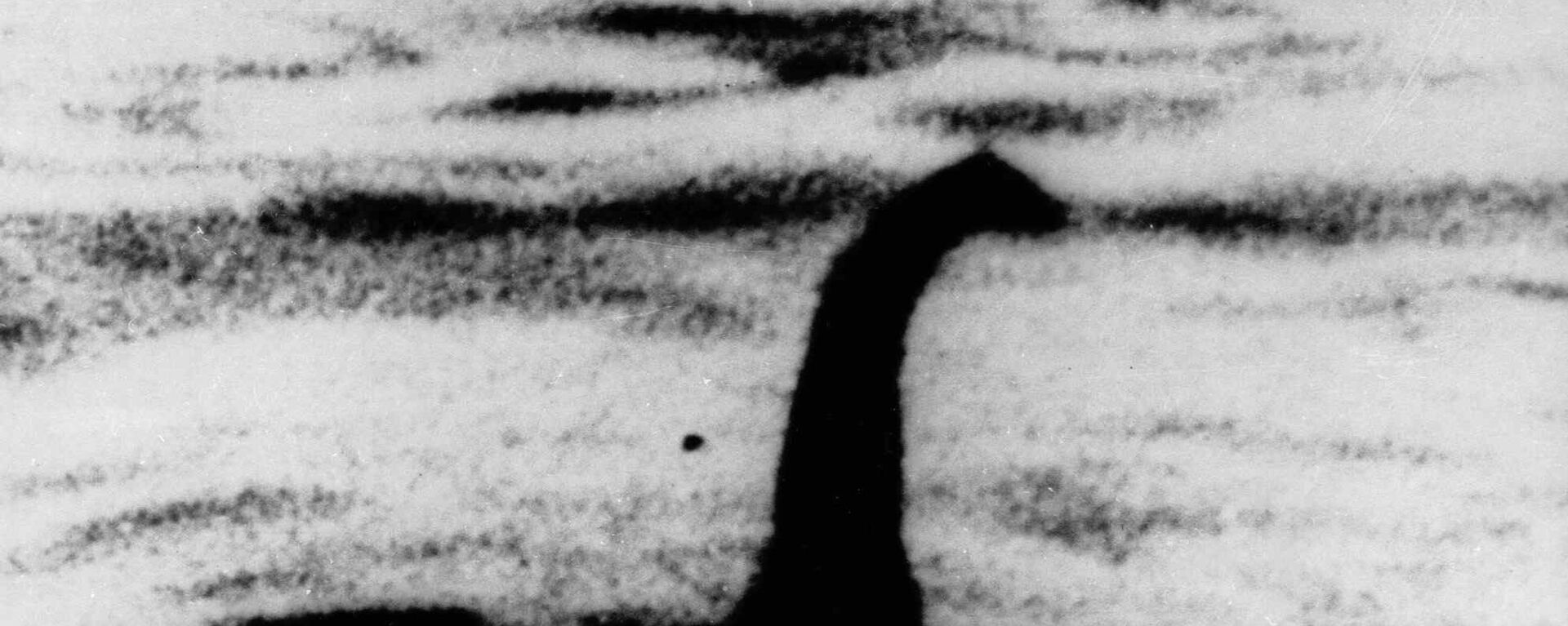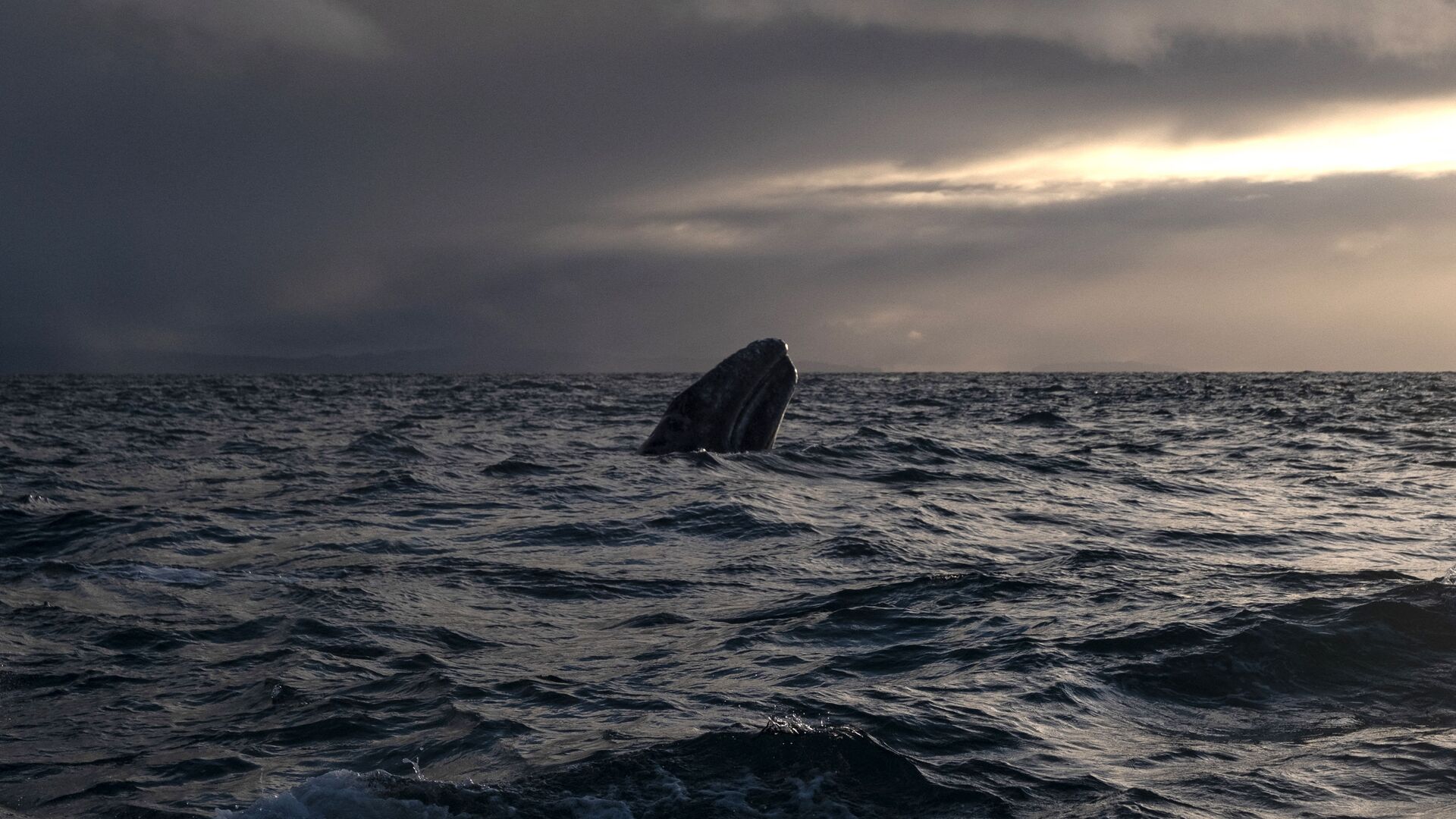https://sputnikglobe.com/20230302/dreaded-sea-monster-from-norse-sagas-outed-as-harmless-whale-1107925810.html
Dreaded Sea Monster From Norse Sagas Outed as Harmless Whale
Dreaded Sea Monster From Norse Sagas Outed as Harmless Whale
Sputnik International
Modern-day technology such as drones allowed closer monitoring of sea mammals, exposing rare behaviour that was largely unseen since the era of ancient mariners.
2023-03-02T07:00+0000
2023-03-02T07:00+0000
2023-03-02T08:15+0000
science & tech
norway
iceland
scandinavia
legend
myth
https://cdn1.img.sputnikglobe.com/img/07e5/04/02/1082519208_0:304:3072:2032_1920x0_80_0_0_753f36745b26f0787e4e3e44820d2a0b.jpg
The riddle of the dreaded and voracious giant sea monster from Norse sagas called Hafgufa, who, according to legend, swallowed boats whole, appears to have been solved by scientists.The Kraken-like Hafgufa was said to lure fish directly into its gaping mouth by emitting a captivating perfume, while staying motionless in the water, patiently waiting for its prey to swim between its massive jaws.According to the sagas, Hafgufa was described as the largest of all sea monsters, capable of swallowing men, ships and even whales. It was said to be so huge that ships could errantly sail into its mouth, mistaking it for sea rocks. Mentions of the Hafgufa were found in Norse sagas and Icelandic myths until the 18th century.However, its size and the feeding behavior gave scientists the idea that ancient seafarers had actually spotted whales on the hunt.According to researchers from Flinders University in Australia, whales have been seen in a similar position, floating upright near the surface of the water with their mouths open wide while waiting for fish to swim into the jowls of this trap on their own. This feeding strategy rests on the assumption that when seeking shelter from predators, unsuspecting fish are swimming into certain death.Marine biologists first considered this behaviour to be a newly evolved trait and began perusing literature to check whether it had been recorded earlier. Once they found similar reports dating back hundreds of years, in ancient accounts of what was then described as sea monsters, they reconsidered their approach.In the King's Mirror, an Old Norwegian didactic work written in the mid-13th century, King Haakon Haakonsson told his son of large whales that inhabit the Icelandic seas, describing an exceptionally large monster that looked "more like an island than like a living thing." The King also described the feeding manner of Hafgufa: "The fish would belch, which would expel so much food that it would attract all the nearby fish. Once a large number had crowded into its mouth and belly, it would close its mouth and devour them all at once." Scientists noted that whales may also eject some of their chewed up prey in a bid to lure in more fish.In modern times, these feeding behaviours were observed for the first time in 2011 and several times since then. Less-intrusive technology, including drones, has enabled a closer monitoring of sea wildlife, exposing rare behaviour that was previously missed.
https://sputnikglobe.com/20230109/whale-or-loch-ness-monster-mysterious-creature-caught-on-video-near-atlantic-beach-1106162021.html
norway
iceland
scandinavia
Sputnik International
feedback@sputniknews.com
+74956456601
MIA „Rossiya Segodnya“
2023
News
en_EN
Sputnik International
feedback@sputniknews.com
+74956456601
MIA „Rossiya Segodnya“
Sputnik International
feedback@sputniknews.com
+74956456601
MIA „Rossiya Segodnya“
sea monster, sea whales, feeding behavior, norge sagas, viking legends, mythical creature
sea monster, sea whales, feeding behavior, norge sagas, viking legends, mythical creature
Dreaded Sea Monster From Norse Sagas Outed as Harmless Whale
07:00 GMT 02.03.2023 (Updated: 08:15 GMT 02.03.2023) Modern-day technology such as drones make it possible to monitor sea mammals in depth, exposing rare behaviour that was previously overlooked and largely unseen since the era of ancient mariners.
The riddle of the dreaded and voracious giant sea monster from Norse sagas called Hafgufa, who, according to legend, swallowed boats whole, appears to have been solved by scientists.
The Kraken-like Hafgufa was said to lure fish directly into its gaping mouth by emitting a captivating perfume, while staying motionless in the water, patiently waiting for its prey to swim between its massive jaws.
According to the sagas, Hafgufa was described as the largest of all sea monsters, capable of swallowing men, ships and even whales. It was said to be so huge that ships could errantly sail into its mouth, mistaking it for sea rocks. Mentions of the Hafgufa were found in Norse sagas and Icelandic myths until the 18th century.
However, its size and the feeding behavior gave scientists the idea that ancient seafarers had actually spotted whales on the hunt.
According to researchers from Flinders University in Australia, whales have been seen in a similar position, floating upright near the surface of the water with their mouths open wide while waiting for fish to swim into the jowls of this trap on their own. This feeding strategy rests on the assumption that when seeking shelter from predators, unsuspecting fish are swimming into certain death.
Marine biologists first considered this behaviour to be a newly evolved trait and began perusing literature to check whether it had been recorded earlier. Once they found similar reports dating back hundreds of years, in ancient accounts of what was then described as sea monsters, they reconsidered their approach.

9 January 2023, 13:30 GMT
In the King's Mirror, an Old Norwegian didactic work written in the mid-13th century, King Haakon Haakonsson told his son of large whales that inhabit the Icelandic seas, describing an exceptionally large monster that looked "more like an island than like a living thing." The King also described the feeding manner of Hafgufa: "The fish would belch, which would expel so much food that it would attract all the nearby fish. Once a large number had crowded into its mouth and belly, it would close its mouth and devour them all at once." Scientists noted that whales may also eject some of their chewed up prey in a bid to lure in more fish.
In modern times, these feeding behaviours were observed for the first time in 2011 and several times since then. Less-intrusive technology, including drones, has enabled a closer monitoring of sea wildlife, exposing rare behaviour that was previously missed.


